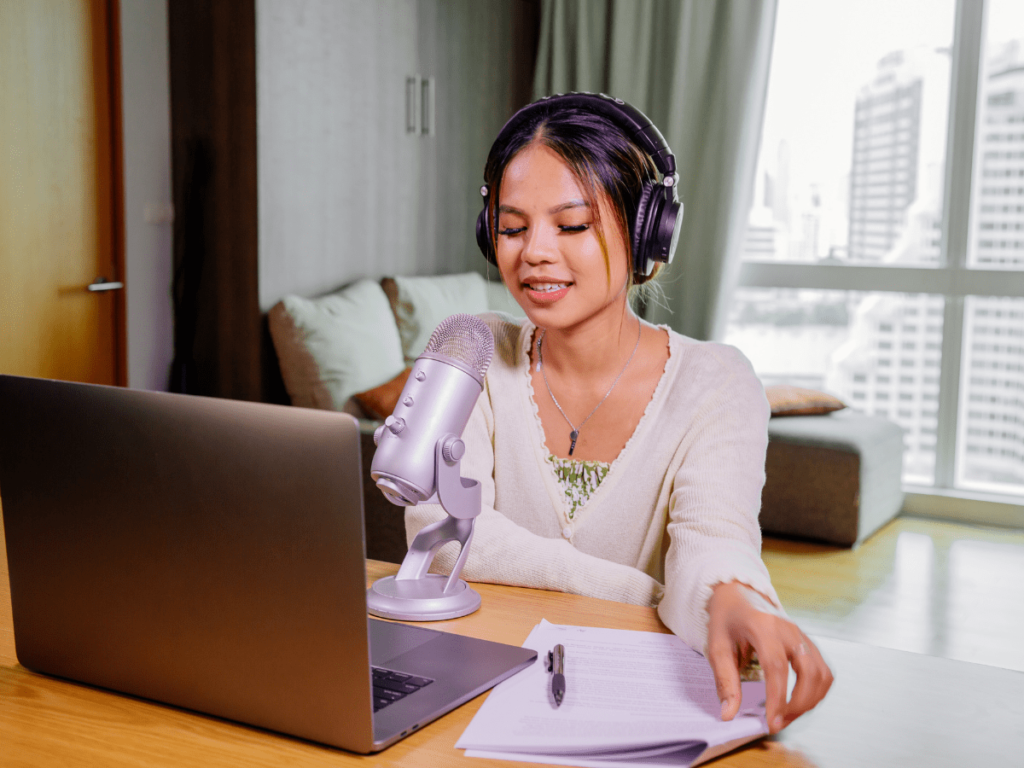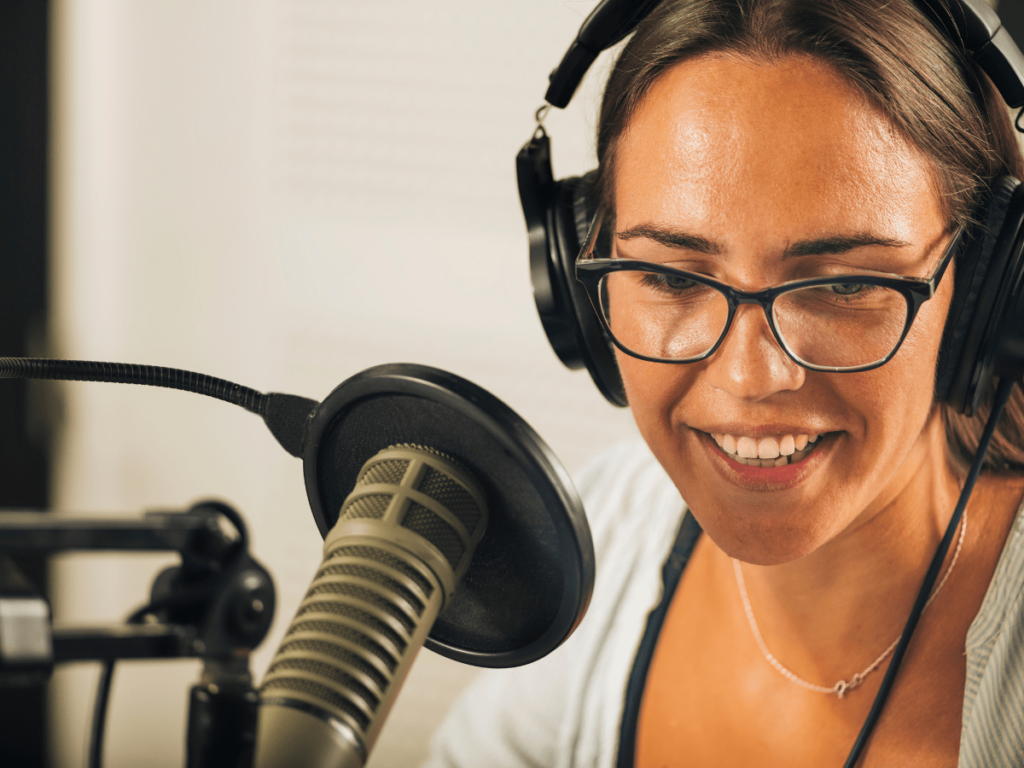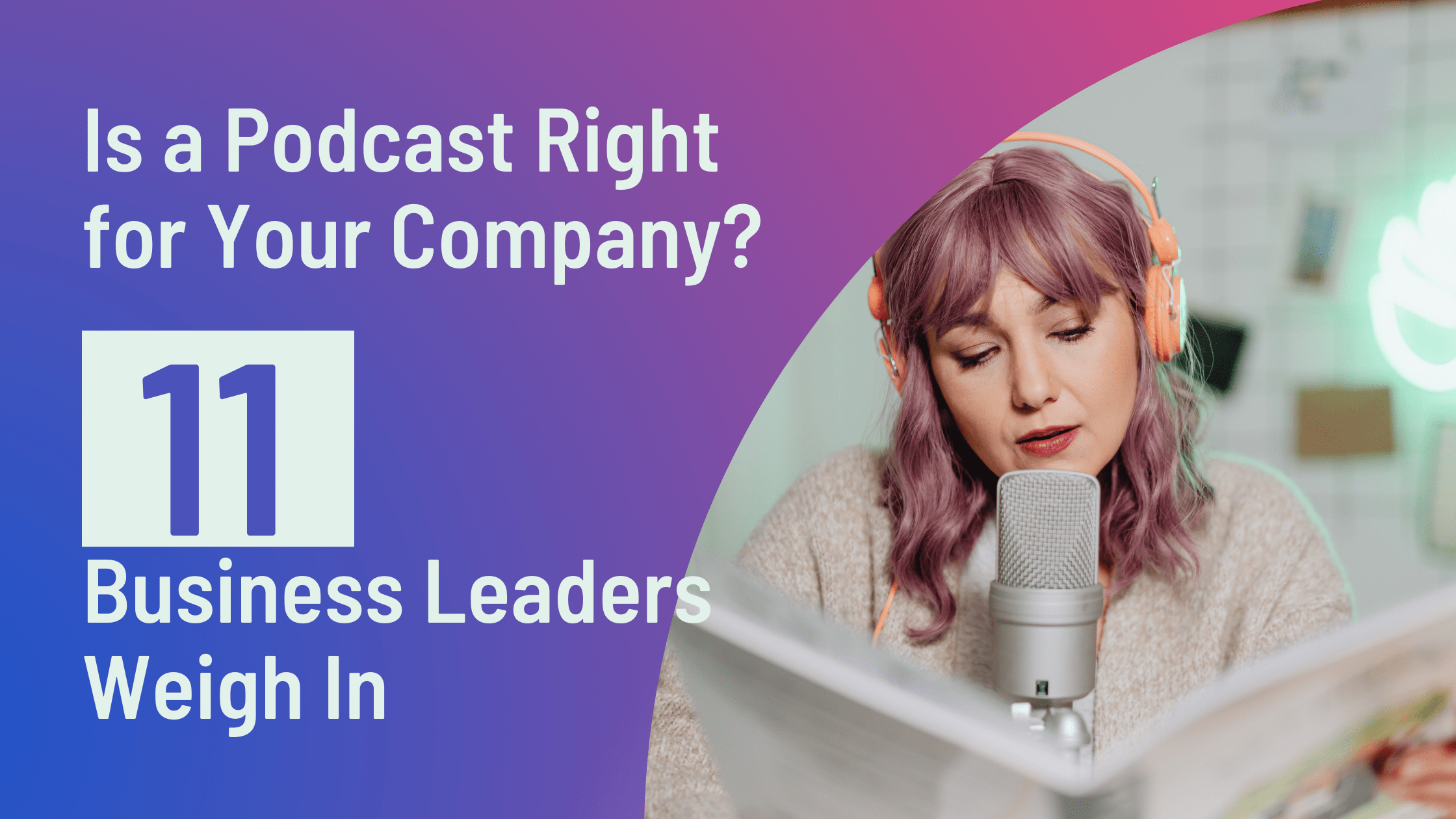TLDR; Leverage RSS.com’s distribution features and CastMagic’s content repurposing tools to expand your podcast’s reach and engage a wider audience effortlessly.
In the rapidly growing world of podcasting, reaching a broad and diverse audience is essential for success. As more creators enter the space, standing out and expanding your listener base becomes increasingly challenging.
That’s where leveraging powerful tools like RSS.com and CastMagic can make a noticeable difference. RSS.com offers robust distribution features that simplify getting your podcast on major platforms, while CastMagic provides innovative content repurposing capabilities to extend your reach across various media channels.
By combining these two platforms, you can maximize your podcast’s reach, engage a wider audience, and ultimately grow your podcast more effectively. Let’s take a look.
The Importance of Podcast Distribution
Expanding your podcast’s reach is crucial for attracting new listeners and growing your audience. Effective distribution ensures that your content is available on multiple platforms, increasing the chances of discovery by potential listeners. Here are more reasons that distribution is critical for any podcast.
- Reaching New Listeners Across Various Platforms: Different podcast directories have unique audiences. By distributing your podcast to multiple platforms such as Apple Podcasts, Spotify, and Amazon Music, you can tap into diverse listener bases and expand your reach beyond a single platform.
- Increasing Discoverability and Organic Growth: When your podcast is available on various directories, it becomes easier for people to find it through searches and recommendations. This organic discoverability helps in building a loyal listener base without relying solely on paid promotions.
- Building a Strong Brand Presence in the Podcasting Space: Consistent presence across multiple platforms reinforces your brand and establishes credibility. It also provides more opportunities for listeners to engage with your content, fostering a stronger connection with your audience.
RSS.com’s Distribution Features
RSS.com simplifies the process of getting your podcast onto major platforms, ensuring your content reaches the widest possible audience.
Automatic Distribution to Major Podcast Directories
- Apple Podcasts: One of the largest podcast directories, Apple Podcasts can significantly increase your podcast’s visibility and listener base.
- Spotify: With millions of active users, Spotify is an essential platform for reaching a diverse and engaged audience.
- Amazon Music: Another major player in the podcasting world, Amazon Music helps broaden your reach even further.
RSS.com also supports distribution to other popular directories such as Google Podcasts, Stitcher, and TuneIn, ensuring your podcast is available wherever potential listeners are searching.

One-Click Distribution for Easy Setup
Setting up distribution can be a time-consuming and complex process, but RSS.com streamlines it with one-click distribution. This feature allows you to quickly and easily submit your podcast to multiple directories with just a few clicks, saving you time and effort.
Customizable RSS Feed for Advanced Distribution Options
For podcasters who want more control over their distribution, RSS.com offers customizable RSS feeds. This allows you to tailor your feed to meet specific requirements or preferences of different directories, ensuring optimal presentation and discoverability
Optimizing Your Podcast for Distribution
Effective distribution is just the first step in maximizing your podcast’s reach. To ensure your podcast stands out and attracts listeners, it’s important to optimize your content for distribution.
Your podcast title and description are often the first things potential listeners see. Make sure they are engaging, clear, and informative. Use keywords relevant to your podcast’s content to improve discoverability in search results.
The artwork for your podcast is a visual representation of your brand and can influence whether someone decides to listen. Create a professional, attractive design that reflects the essence of your podcast and catches the eye of potential listeners.
Properly categorizing your podcast and using relevant keywords can help it appear in search results and recommendations. Research popular keywords in your niche and incorporate them into your podcast’s metadata to improve visibility.
Consistency in your episode titles and descriptions helps listeners understand what to expect from each episode. Use a standard format that includes the episode number, title, and a brief description. This not only makes your podcast look more professional but also aids in searchability.

Leveraging RSS.com’s Embedded Players
RSS.com’s embedded players offer a range of features designed to make sharing your podcast easy and effective. By embedding your podcast directly on your website, you allow visitors to listen without needing to navigate away or use a separate app, which increases accessibility and enhances the user experience.
A well-integrated embedded player can provide a seamless listening experience, keeping your audience engaged with your content, and embedding your podcast can also contribute to your website’s SEO, attracting more organic traffic.
RSS.com’s embedded players are simple to integrate into your website or blog. You just need to copy the provided embed code and paste it into your site’s HTML where you want the player to appear.
The players are customizable, allowing you to match their appearance to your website’s branding, ensuring a cohesive look and feel. They are also responsive, meaning they work well on both desktop and mobile devices, providing a great user experience across all platforms.
The Power of Content Repurposing
Repurposing your podcast content is a powerful strategy for maximizing its value and reaching new audiences. By transforming your audio content into various formats, you can extend its lifespan and visibility.
Extracting key quotes, insights, and highlights from your episodes to create engaging social media content can attract new listeners and drive traffic to your podcast. Creating short video clips or full-length videos from your podcast episodes is another effective way to repurpose content.
Regularly repurposing content ensures a steady stream of new material for your audience, keeping them engaged and coming back for more.
CastMagic’s Content Repurposing Capabilities
CastMagic offers innovative content repurposing capabilities that can help you extend the reach of your podcast across various media channels. One of the standout features is the automatic transcription of your podcast episodes. Beyond transcription, CastMagic also generates AI-powered show notes, summaries, quotes, and more.
The transcriptions serve as a starting point, which you can then edit and format for readability. Adding images, links, and calls-to-action enhances the written content, making it more engaging and SEO-friendly.
CastMagic also simplifies the creation of social media content. By extracting key quotes and insights from your episodes, you can design eye-catching graphics and images that are perfect for sharing on platforms like Facebook, Twitter, and Instagram.
Using AI-generated summaries as a foundation, you can personalize the content for your email subscribers, ensuring that it resonates with their interests and includes links to your podcast episodes and blog posts.
Repurposing Your Podcast Content with CastMagic
Repurposing your podcast content with CastMagic involves a few strategic steps to maximize its impact. First, you can turn your podcast episodes into blog posts. Start with the transcripts provided by CastMagic, then edit and format the content to make it readable and engaging.
Creating social media content from your podcast is another effective strategy. Extract key quotes and insights using CastMagic’s AI tools, then design graphics and images to accompany these quotes.
Also, generating email newsletters and summaries is simplified with CastMagic. The AI-generated summaries provide a solid foundation that you can personalize for your email subscribers, ensuring the content is relevant and engaging.
Measuring the Impact of Your Distribution and Repurposing Efforts
Tracking and analyzing the impact of your distribution and repurposing efforts is crucial to understanding what works best for your podcast. Tools like Google Analytics can help you see how visitors are interacting with your content, how long they stay on your site, and what actions they take.
Platforms like Facebook, Twitter, and Instagram provide insights into how your posts are performing, including likes, shares, comments, and overall reach. Analyzing this data helps you identify which types of content generate the most engagement.
Gathering feedback and testimonials from your audience is another valuable practice. Direct feedback can provide insights into what your listeners enjoy and what they would like to see improved.
Best Practices for Maximizing Your Podcast’s Reach
Implementing best practices can significantly enhance your podcast’s reach and engagement. Think about the following:
- Consistently Promote Your Podcast Across All Channels
- Collaborate with Other Podcasters and Influencers
- Engage with Your Audience and Build a Community
- Continuously Improve Your Content Quality and Production Value
Wrapping Up
By leveraging RSS.com’s robust distribution capabilities, you can ensure your podcast is available on major platforms, reaching a wide audience. CastMagic’s innovative content repurposing tools allow you to extend the life and visibility of your podcast content across various media channels.
Start your podcast today and use code RSSFREEMONTH at check out for a free month of podcast hosting!
And, get started with CastMagic here!
Already have a podcast? Switch from your current host today and get six months free of podcasting!





















